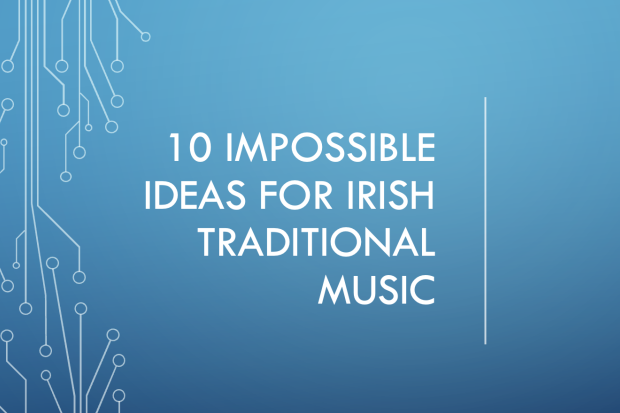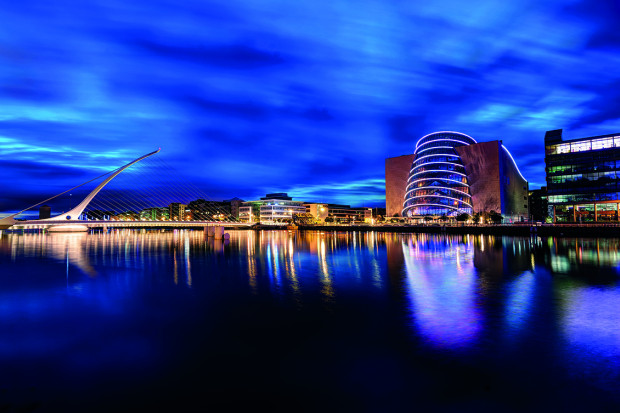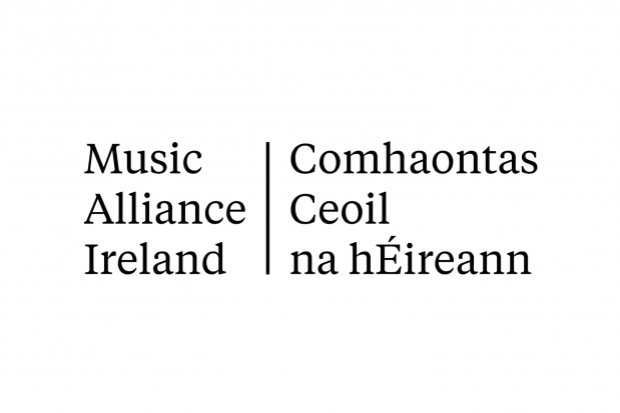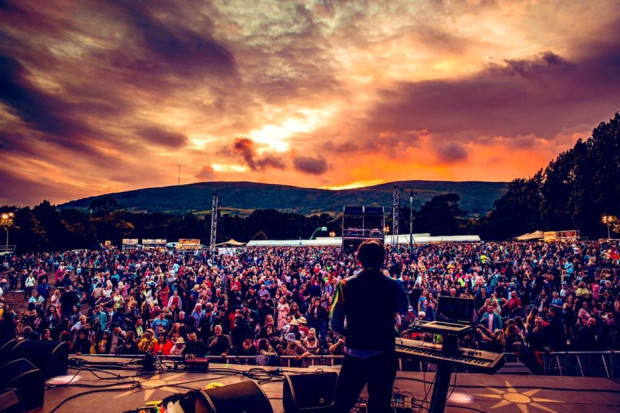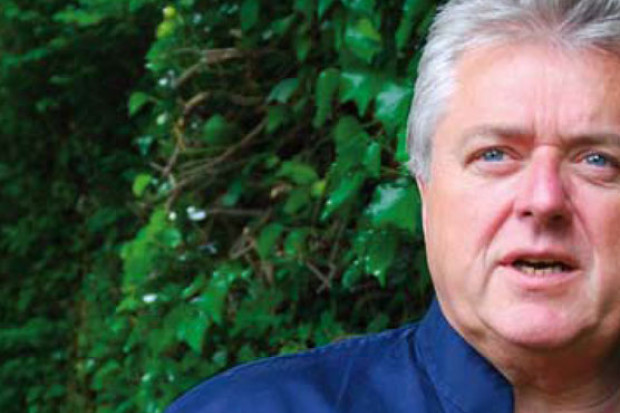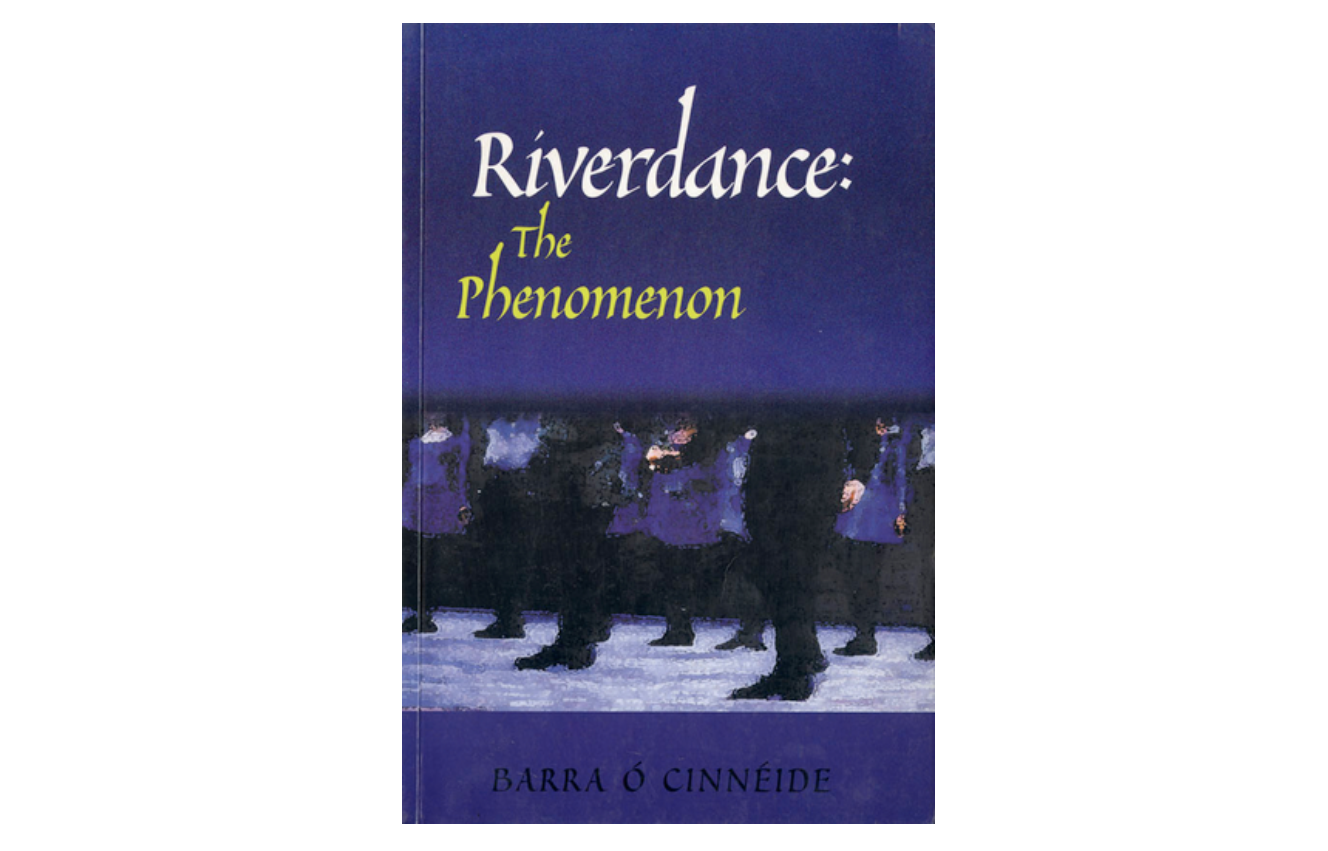
Editorial: Confidence ill-defined
All musicians and singers are aware of the finely-tuned arrangement that can exist in one’s mind between self-belief and self-doubt. They know there are many different degrees and types of confidence, many factors in its generation, and many ways to disguise its absence.
Confidence is a critical part of a performer’s make-up. Its disappearance can strike the death-knell of a musician, its presence can transform a performance. Yet one can’t dwell on it too much – to be overly-conscious of it is perilous. There are so many private and public sides to a music performance that only one thing is clear: confidence is not always what it appears to be.
Some musicians are confident when in comfortable surroundings, yet tend to wither when taken out of them. Others are full of swagger with drugs or alcohol taken but inevitably struggle without it. Some have no confidence when communicating to an audience, and yet their verbal blundering doesn’t appear to make a difference to their actual musical performance. Others with supreme confidence in public may be full of self-loathing in private, and others still may seem to have adequate confidence, but it is frail and unreliable and can vanish at the most unpredictable times.
Genuine, measured confidence is the result of one’s background, history, experiences and mentors. It doesn’t appear out of nowhere, it is built up carefully over years, and it is a lot more durable. In the absence of genuine confidence, the performer can be either oblivious to the fine line they walk and carry on until one day it all comes apart before their very eyes, or they may carefully control their environment to ensure they’re self-belief is never really tested.
These unchiselled observations are provoked by the publication of a new book by Barra Ó Cinnéide entitled Riverdance: The Phenomenon, in which there is great import put on this matter of confidence, and specifically the self-confidence of the Irish people. Riverdance: The Phenomenon, although it traces the creative history of the spectacular dance show and includes surveys of the history of Irish traditional music and dance, is essentially about business enterprise and the future potential of the Irish ‘culture industry’ on the back of the success of Riverdance. Ó Cinnéide argues that Riverdance was a cultural watershed, that it has made a definite contribution ‘in bolstering and helping to generate’ Ireland’s economic success, through typifying, and inspiring, a new widespread self-confidence amongst the Irish people. Riverdance, according to the author, demonstrates that a ‘can do’ philosophy prevails in Ireland, particularly amongst young Irish people, and that such is the relationship between national self-confidence and a country’s capacity for business enterprise that it is vital that the success of Riverdance be capitalised upon. He proceeds to suggest various ways in which this could be done.
Naturally we must ask: What kind of confidence is this? Can we build on it? Performers know that the issue of confidence is a delicate and crucial business. How do these complexities manifest themselves where an entire nation is concerned, particularly a race such as the Irish, whose history is so checkered. If the country is imbued with a new sense of self-belief, is it permanent? If not, how should we sustain it? What are the factors behind its creation and how vulnerable is this sense of self-worth to obliteration in the future?
Ó Cinnéide’s book does not tackle these questions, and, of course, why would he? His task is not to unpack the nation’s emotional baggage, to sift through it carefully, looking for tunnels of hope out of historical cul-de-sacs. Ó Cinnéide is fixed on the future, he is saying ‘Carpe diem!’, ‘Now is Ireland’s time!’, ‘Riverdance has burst a hole in the castle door… charge everybody!’ And one must, of course, take such ambition on board. People in Ireland today may well have the capacity to be world-beating cultural entrepreneurs, today’s young generation may indeed have shrugged off another layer of the colonised mind, but whatever the actual cause of the alleged budge in national confidence, it must exist at a much deeper level than Ó Cinnéide’s terms of reference suggest. It has got to be something profound or we are all kidding ourselves.
Ó Cinnéide does not do his message any favours, therefore, by coating his argument throughout in Celtic Tiger rhetoric. Though instinctively the reader my agree with the overall thrust of his book, its reliance on the mythology of the economic boom makes it difficult to swallow whole. For example,
[In Ireland] there has been a social and cultural transformation, as well as an economic one, since, at least, the 1970s. This was partly to do with seeing the national football team and musical acts succeed against the best. The social confidence has resulted in consumers, particularly those in the critically important 25-34 age group, being as demanding and sophisticated as anywhere else in the world. … [Consequently, we have a] highly skilled young workforce who seek success above all else in whatever is their chosen area, be that computers or dancing.
This form of verbosity notoriously glides through the nation’s affairs, selecting any aspect that comfortably affirms the official story of Ireland’s transformation, while avoiding any awkward strands that could sully its consummate logic. There is no profound base to it, it simply serves the needs of the market in mobilising ‘consumer confidence’. It keeps the distinction blurred between a nation’s sense of self-worth, which is intrinsically connected to a long history, and the feel-good factor that economic success brings. For general purposes they are one and the same thing. We are left with a simplistic, market idea of ‘confidence’ – ‘now you have it, now you don’t’.
There are too many contrasting messages emanating from Irish society at present to swallow such piecemeal logic. The confidence of a nation, like that of a performer, is a complicated ally. Faced with the rhetoric of market economics trying to seduce us into a haphazard relationship with our self-confidence, the real trick for the Irish is not to end up like those most self-deflating of musicians – those who believe they are only as good as their last gig.
Riverdance: The Phenomenon by Barra Ó Cinnéide is published by Blackhall Publishing, Dublin. ISBN 1 901657 906
Published on 1 September 2002
Toner Quinn is Editor of the Journal of Music. His new book, What Ireland Can Teach the World About Music, is available here. Toner will be giving a lecture exploring some of the ideas in the book on Saturday 11 May 2024 at 3pm at Farmleigh House in Dublin. For booking, visit https://bit.ly/3x2yCL8.










